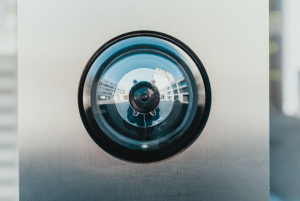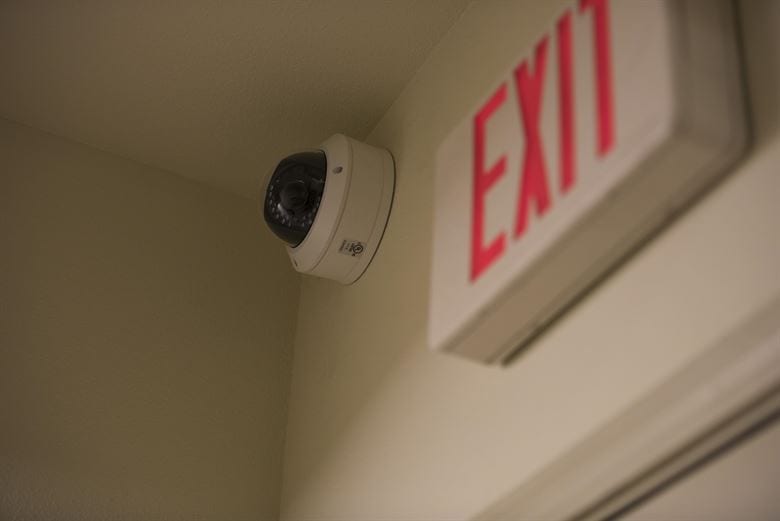Up to this point, most of these cameras have been set up in public spaces, including dining areas, kitchens, sitting rooms, and other familiar places such as entrances and exits.
Video surveillance, or the use of cameras to monitor and record activity, is a valuable tool for enhancing the safety and security of nursing homes. With the ability to record and monitor activity in real-time, video surveillance can help prevent incidents of abuse or neglect, as well as provide evidence if an incident does occur. In this article, we will explore the benefits of video surveillance in nursing homes.
By understanding the benefits and options available, you can make an informed decision on whether video surveillance is right for your nursing home and take steps to enhance the safety and security of your facility.
How Does Video Surveillance Work?
Video surveillance in nursing homes uses cameras to capture and transmit video footage of a specific area or location. The footage is transmitted to a monitor or recording device, allowing it to be viewed in real-time or saved for later review.
Justification for Video Surveillance in Nursing Homes
In several instances, the family and friends of patients found instances of abuse captured on their patients’ concealed cameras, which were kept in nursing homes or nursing homes. However, these private initiatives led to instances that were taken before the court.
On the other hand, it is preferable to stay away from harassing behavior in the first place rather than struggle for justice later. Nevertheless, video surveillance in nursing homes can provide significant benefits not only for the administration of justice but also for the families of patients and the staff of nursing homes.
Common Benefits about Video Surveillance
Using video surveillance in nursing homes can help monitor the aged people who are getting proper care and are not subject to any mistreatment or neglect.
This section of the article highlights the importance of installing video surveillance in nursing homes so that you can make an informed decision on whether it is the right choice for your facility and take steps to enhance the safety and security of your residents and staff. Read on to know more in detail!
- Relaxation and Composure: When an older family member or friend is hospitalized or placed in a nursing home, there is a nagging concern about how they are at all times. By installing video surveillance in nursing homes, you are aware that the management is also taking 100% obligation to keep an eye on continuous care and management of the patients in addition to the fact that there is constant tension regarding night care and whether or not the attendants are properly performing their duties, etc. With these cameras, you know that the management is also taking 100% responsibility in addition to you.Record of Incidents video surveillance in nursing homes serves as proof of incidents that took place behind the patient’s family and the hospital management’s backs but in front of the cameras. This provides both parties with peace of mind. It was possible to immediately identify instances of neglect, abuse, misconduct, a lack of care, and other related issues.

Up-close shot of camera lens; image by Bernard Hermant, via Unsplash.com. - High Levels of Security: Not only can this kind of surveillance system assist nursing homes in monitoring constant care, patients, and the state of their residents via the use of cameras, but it can also assist nursing homes in developing trustworthy security management systems. With installing video surveillance in nursing homes, every action can be watched, including those performed by medical professionals, carers, visitors, patients, vendors, and security guards. If anything gets in the way, the authority can take prompt action and stop a wide variety of illegal acts, such as trespassing, theft, and attempted robberies, among other things.
Conclusion
Up to this point, most of these cameras have been set up in public spaces, including dining areas, kitchens, sitting rooms, and other familiar places such as entrances and exits. However, the installation of video surveillance in nursing homes is expressly prohibited in private areas of the property, such as changing rooms, restrooms, and other similar areas.
This is done to protect both the patients’ and the staff’s right to personal privacy. Nevertheless, the government is contemplating additional enhancements to improve patient safety and the facilities available. As a result, when you begin researching the various nursing homes, you should give each of these establishments a more thorough inspection.


Join the conversation!